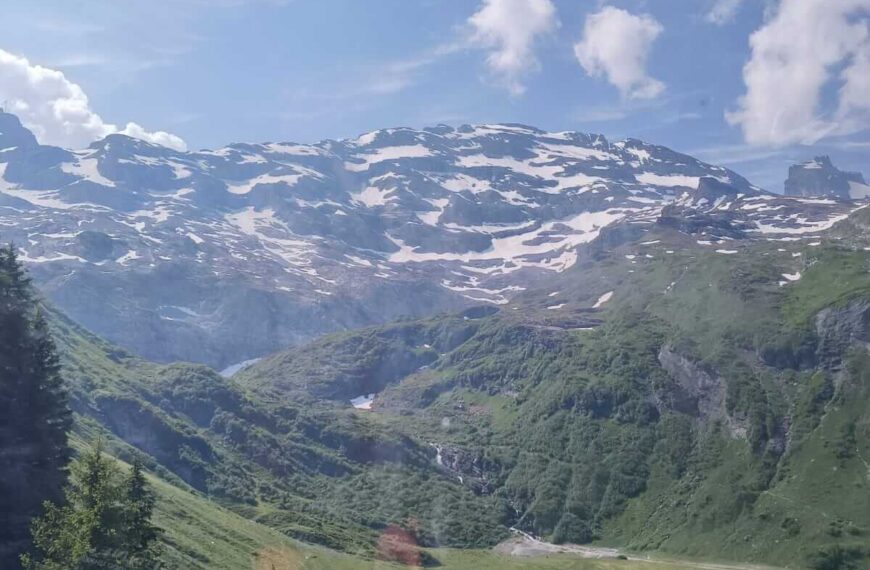Prof Aparajita takes us on a journey in Masai Mara showcasing the majestic giraffe dance, showcasing the dynamics of wildlife on the Mara plain, exclusively for Different Truths.

Masai Mara. August 28, 2023. Around 2.30-ish in the afternoon. The day had dawned cloudy. As we set out in the Safari Land Rover, a steady drizzle began, making me pull up the hood of my windcheater over my head. Not that I was complaining, for it was a welcome break from the Mara sun that could beat down on you pretty savagely, even in the soft cold of winter there.
Keeping a protective hand over my camera lens, I still had my eyes peeled for any movement in the bushes of the Mara plain. A Serval Cat kept winding its way through the tall Savannah grasses, trying its best to elude the rudely overbearing, encroaching vehicles of ours that were bent on hunting it out of its privacy. Once satisfied with our invasion, we moved on in search of newer conquests.
As the day advanced, the rain petered out too, clearing the skies a lot.
As the day advanced, the rain petered out too, clearing the skies a lot. As we rolled past the Zebras and Topis, with the occasional Impala bounding its way across in search of its mates, we moved towards larger trees that stood out amidst the characteristic dotted acacia shrubbery that gives the Mara its name.
And then we saw them. The tall, stately giraffes. There were five of them there in front of us. One was on the left side of the trail we were following, ambling along to cross the road. Four others were on the other side of the trail, and thus, to our right. Three of these were grouped in a huddle, while a loner had lopped away some distance off to one of the Balanites Aegyptiaca, commonly known as the ‘Desert Dates’ growing there. As he stood there, he looked at the picture of contentment as he kept stretching his neck out to pick out the choicest from the leafy boughs before munching happily on the mouthful.
… one of the three that were grouped broke away and turned to stride leisurely towards the one at the tree.
As we watched, one of the three that were grouped broke away and turned to stride leisurely towards the one at the tree. We, in our vehicle, on realising from the smaller size of the ossicones (those funny horn-like structures that giraffes have on top of their heads) that it was a female, began joking in our customary low Mara-Safari voices that she was out on the lookout for her boyfriend. As the seemingly lovelorn couple stood under—or, should I say, beside—the tree, for they equalled the tree in height, I decided to leave them munching away in peace for the time being.
Turning my attention away from the duo, I looked at the two left back in the common. By now, the two, both males, were rubbing their necks, striking each other—not too hard, though—and twisting their seemingly never-ending necks around each other. I knew from reading about wildlife and watching a lot of National Geographic broadcasts that this was called necking.
The way they look like they are nuzzling against each other with their long necks makes people think that this must be a courtship ritual for mating that the male performs, probably to impress the female and win her heart over. But what these two young males were doing was establishing hierarchies of dominance. Necking between two bull giraffes can often lead to violent sparring and head-butting. Those 6-to-7-foot-long necks, extremely flexible as they are, are strong enough to leave bloody wounds in the wake of a vicious fight.
But thankfully, the two in front of us were not in a serious mood for a duel. And to ease matters out, down came a light rain again, sending all of them off in search of a place to stand together and wait for the skies to dry up. As they filed away from us with their stately long strides, we pulled slowly away too, watching after the tall, receding forms as long as we could as they made their way into the overcast horizon.
Photo by the author





 By
By

 By
By